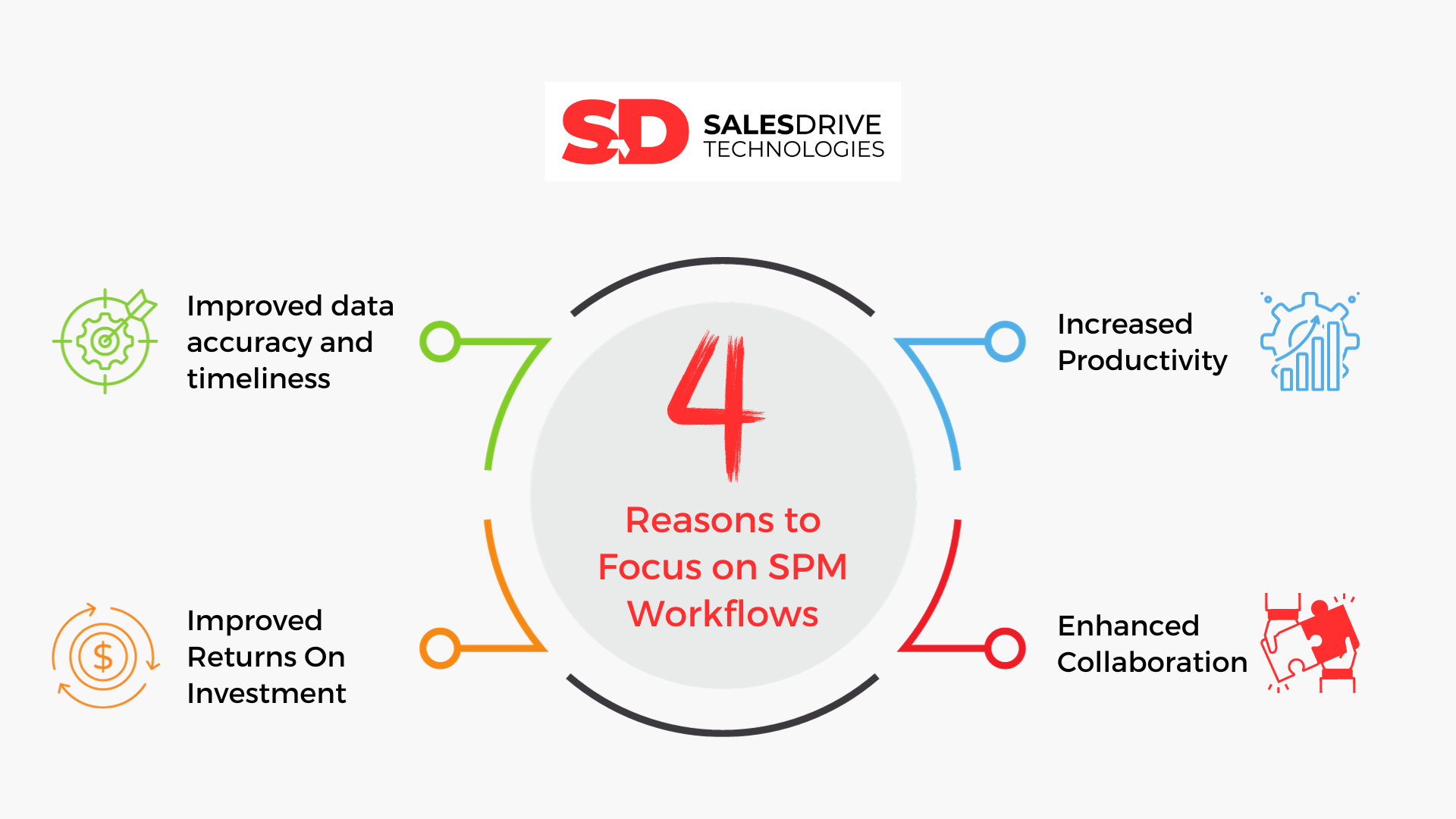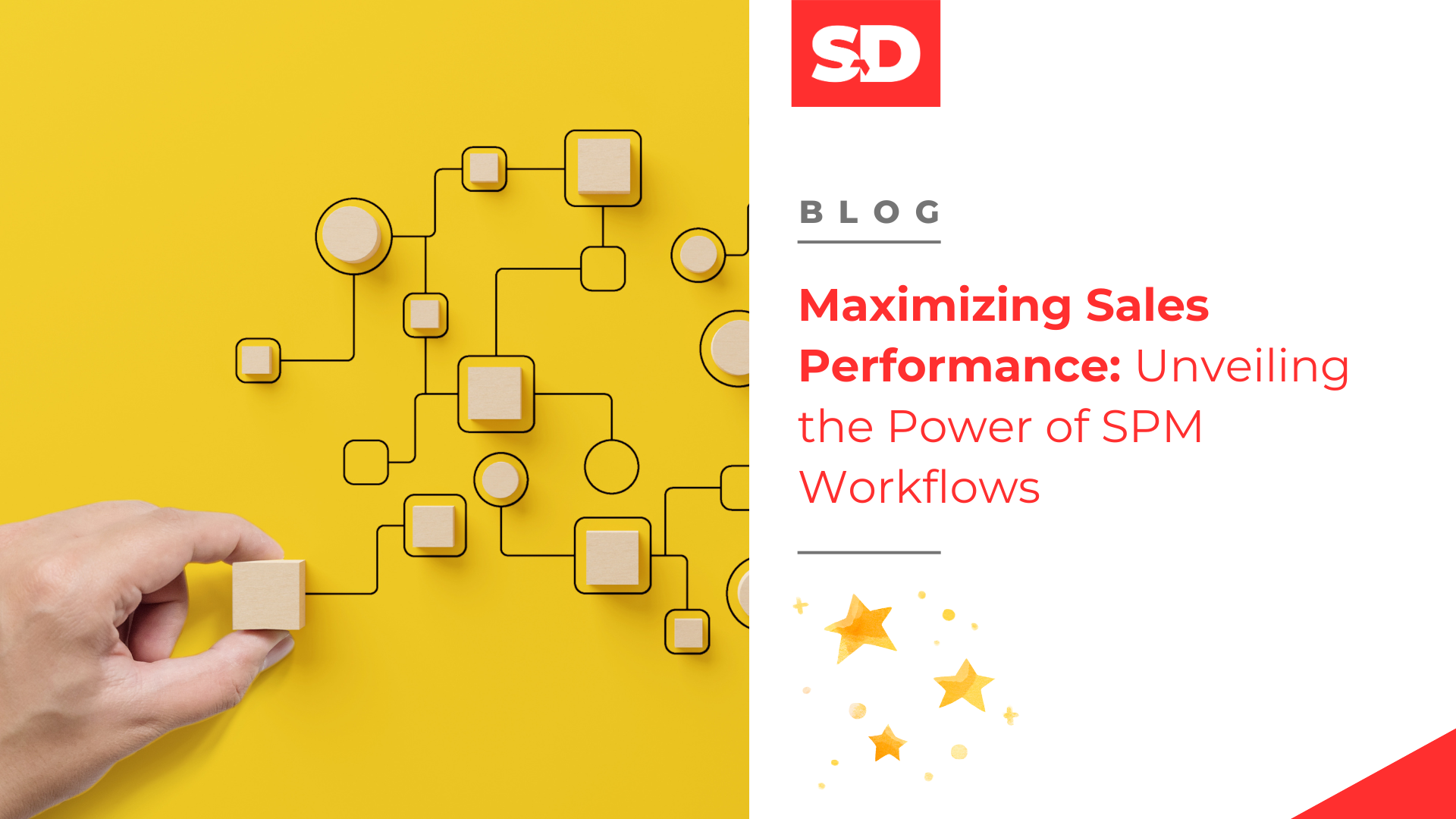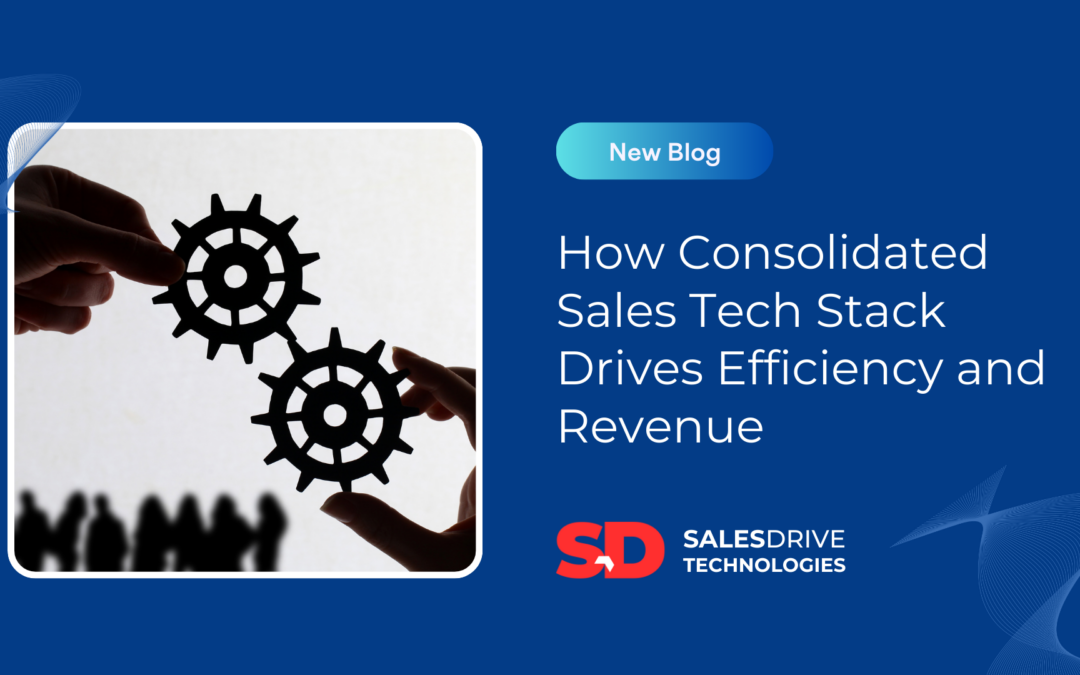Sales Performance Management (SPM) has become a critical component in the arsenal of organizations striving for success in today’s competitive landscape. Defined by various elements, SPM plays a pivotal role in addressing the complexities of modern business operations.
The Growth of Complexity
The challenges organizations face in managing complexity are not overnight occurrences. They evolve over time as companies expand into new markets and acquire new businesses. The resultant complexity demands significant efforts to accommodate, making it a central concern for organizations. SPM fundamentally revolves around efficient processes regardless of their size or scale of operations.
Amidst the multifaceted aspects of SPM, one facet often overlooked but crucial for seamless operations is the focus on SPM workflows.
“SPM workflows are the processes that govern how sales performance data is collected, analyzed, and used to make decisions.”
They can have a significant impact on the effectiveness of an SPM program. Here are some of the reasons why it is important to focus on SPM workflows:

Improved data accuracy and timeliness: When SPM workflows are well-defined, it can help to improve the accuracy and timeliness of sales performance data. This data can then be used to make more informed decisions about sales strategies and tactics.
Increased productivity: Well-defined SPM workflows can help to streamline the sales process and increase productivity. This can free up sales reps to focus on selling more products or services.
Enhanced collaboration: SPM workflows can help to improve collaboration between sales, marketing, and other departments. This can lead to more effective sales strategies and better customer relationships.
Improved ROI: By investing in SPM workflows, companies can improve the ROI of their sales performance management programs. This can lead to increased sales, improved margins, and a more profitable sales organization.
Streamlining Processes with SPM Technology
For compensation administrators, the pay cycle is often a tedious exercise of data wrangling, intricate calculations, and a myriad of checks and approvals. This manual drudgery becomes particularly burdensome when relying on Excel or outdated homegrown solutions.
SPM technology significantly reduces or even eliminates this manual toil. However, the act of approving substantial payments, particularly in variable compensation, demands a human touch, a safeguard against errors and discrepancies. SPM technology recognizes this need, facilitating streamlined approval processes that involve multiple stakeholders to ensure accuracy and transparency.
This seamless integration of human oversight and technological efficiency transforms the pay cycle from a bureaucratic grind into a streamlined process that empowers compensation administrators to focus on strategic initiatives, while maintaining the integrity of financial transactions.
Beyond Payment Cycles: Exploring SPM Workflows
Upon closer inspection of SPM technology, organizations often realize its potential to accommodate a myriad of processes. These include territory and quota planning, compensation plan approval, end-of-period approval cycles, Management By Objectives (MBOs), inquiry/dispute management, whale deals management, and manual adjustments (e.g., splits).
Incorporating these diverse processes into the SPM application offers several advantages:
Here are some tips for focusing on SPM workflows:
- Identify your key processes: The first step to focusing on SPM workflows is to identify the key processes that are involved in managing sales performance. This could include processes such as:
- Setting goals and quotas
- Tracking sales performance
- Calculating commissions
- Providing feedback
- Document your processes: Once you have identified your key processes, you need to document them in a way that is easy to understand and follow. This will help to ensure that everyone involved in the sales process is on the same page.
- Streamline your processes: Look for ways to streamline your SPM workflows. This could involve eliminating unnecessary steps, automating tasks, or using technology to improve efficiency.
- Monitor and measure your processes: It is important to monitor and measure your SPM workflows to ensure that they are effective. This will help you identify areas where you can make improvements.
Additionally,
- Get buy-in from all stakeholders: It is important to get buy-in from all stakeholders involved in the sales process before implementing new SPM workflows. This will help to ensure that the changes are successful.
- Be patient: It takes time to implement and refine SPM workflows. Be patient and give your team time to adjust to the new processes.
- Use technology: There are a number of software solutions available that can help you manage your SPM workflows. These solutions can automate tasks, improve data accuracy, and provide you with valuable insights into your sales performance.
By focusing on SPM workflows, companies can improve the effectiveness of their sales performance management programs and achieve their sales goals.
Embracing the Full Potential of SPM with Salesdrive
As organizations delve into the SPM technology market, it’s crucial not to overlook the intricate processes that can be seamlessly integrated. Salesdrive stands as a reliable partner, offering guidance and facilitating open discussions to ensure businesses harness the full potential of SPM technology.
In conclusion, the power of SPM workflows lies in their ability to align with and enhance organizational processes, offering a comprehensive solution that goes beyond managing complexity to optimizing and improving overall sales performance.




